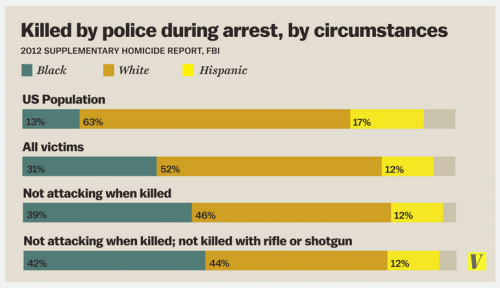Flashback Friday.
In the U.S. men’s and women’s bikes are built differently, with women’s bikes lacking the bar that goes from the handlebar to just below the seat. The bar is a matter of tradition. According to Andrea at Bike City Recyclery, when women began riding bikes in the 1800s, they were required to wear heavy skirts. The low bar allowed them to mount the bikes “modestly” and was a space for their skirts to go. Back then, bikes also had “clothes-guards” that would keep women’s skirts from being caught up in the mechanics of the bike. This picture is from the 1890s:
Today most women riding a bike do not wear heavy skirts and clothes-guards are rare, but the low bar persists. This ad from 1971 assures parents that “girl bikes” can be converted to “boy bikes” and vice versa. The upper bar is purely “decorative,” but boys apparently must have it.
Selected text:
A popular 16-inch beginner’s bike. Top bar removes easily to convert it from a boy’s to a girl’s bike in minutes… The perfect first bike that’s built to last from child to child.
This goes to show how strongly we invest in purely symbolic gender differentiation. There is no need for a high bar and there is no need to differentiate bikes by gender in this way. We could do away with the bar distinction in the same way that we did away with the clothes-guard. But the bar is a highly visible signal that we are committed to a gender binary (men and women are “opposite” sexes). It is some men and the defenders of masculinity who are most opposed to this because collapsing the gender differentiation means collapsing a devalued category into a valued category. For individuals who embrace the valued category, this is a disaster. A male-coded bike frame is just one small way to preserve both the distinction and the hierarchy.
Originally posted in 2010.
Lisa Wade, PhD is an Associate Professor at Tulane University. She is the author of American Hookup, a book about college sexual culture; a textbook about gender; and a forthcoming introductory text: Terrible Magnificent Sociology. You can follow her on Twitter and Instagram.




